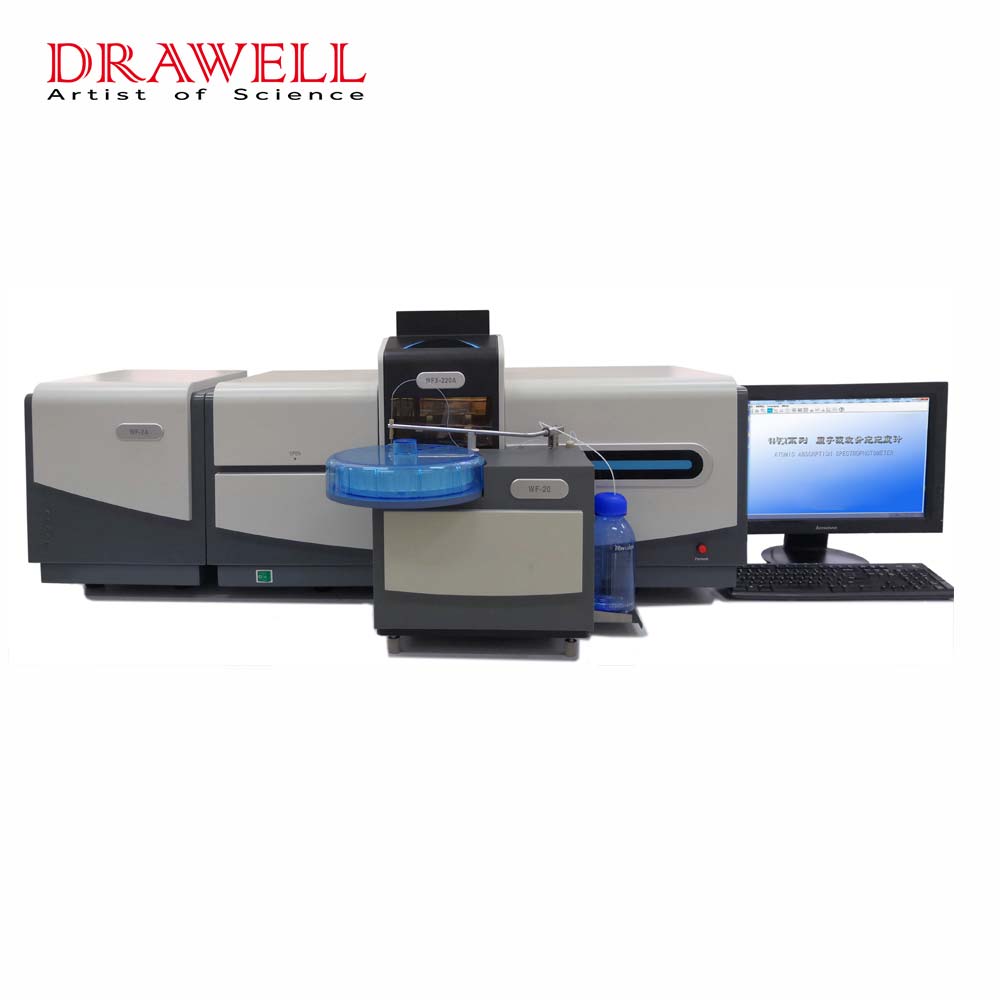Wanderlust
Guest
keidkale487@gmail.com
What Types of Interferences Can Affect AAS Spectrophotometer? (50 views)
22 May 2024 14:27
<p style="margin: 5px 0px; font-family: sans-serif; font-size: 16px;">An AAS spectrophotometer is an important analytical instrument used widely for determining the presence and concentration of elements in a wide variety of sample types. However, the accuracy of AAS analysis can be affected by different types of interferences. Being aware of these potential interferences is key for AAS users to implement measures to minimize their impacts.
<h2 style="font-family: sans-serif;">Spectral Interferences</h2>
<p style="margin: 5px 0px; font-family: sans-serif; font-size: 16px;">Spectral interferences occur when the absorbance spectrum of an interfering element overlaps with the analyte element being measured. This leads to inaccurate absorbance measurements and errors in the final concentration results. There are several types of spectral interferences that can affect AAS spectrophotometer analysis:
<ul style="margin: 0px; width: 709.983px; font-family: sans-serif; font-size: 16px;">
<li style="clear: both;">Line broadening: Broadened absorbance lines of elements can overlap and cause interference.</li>
<li style="clear: both;">Unresolved overlap: Two elements with unresolved absorption lines close together can interfere.</li>
<li style="clear: both;">Structured background: Unwanted molecular absorbance can interfere with element absorbance.</li>
<li style="clear: both;">Ionization interference: Easily ionized elements can suffer interference from molecular absorbance.</li>
</ul>
<p style="margin: 5px 0px; font-family: sans-serif; font-size: 16px;">Using high resolution instruments, interference correction software, and selecting alternate analytical wavelengths can help minimize spectral interferences.
<p style="margin: 5px 0px; font-family: sans-serif; font-size: 16px;">
<h2 style="font-family: sans-serif;">Chemical Interferences</h2>
<p style="margin: 5px 0px; font-family: sans-serif; font-size: 16px;">Chemical interferences arise when the chemical form or environment of the analyte element is altered, leading to differences in its atomic absorbance characteristics. Some chemical interferences include:
<ul style="margin: 0px; width: 709.983px; font-family: sans-serif; font-size: 16px;">
<li style="clear: both;">Molecular compound formation: Elements combined in molecular forms exhibit different absorbance.</li>
<li style="clear: both;">Ionization effects: The degree of ionization of an element affects its absorbance.</li>
<li style="clear: both;">Matrix effects: Interactions between sample matrix and analyte can interfere.</li>
<li style="clear: both;">Reactions at atomizer: Reactions at the atomizer can interfere with atomization efficiency.</li>
</ul>
<p style="margin: 5px 0px; font-family: sans-serif; font-size: 16px;">Approaches like using high temperatures, adding releasing agents, matching standards and samples, and standard additions can reduce chemical interferences.
<h2 style="font-family: sans-serif;">Physical Interferences</h2>
<p style="margin: 5px 0px; font-family: sans-serif; font-size: 16px;">A number of processes occurring during the atomization step can also interfere with AAS analysis. Some physical interferences include:
<ul style="margin: 0px; width: 709.983px; font-family: sans-serif; font-size: 16px;">
<li style="clear: both;">Vaporization interference: Preferential vaporization of elements can skew results.</li>
<li style="clear: both;">Transport interference: Physical processes affect transfer of atoms to atomizer, causing interference.</li>
<li style="clear: both;">Background scattering/absorption: Processes like scattering and absorption of radiation by flames and graphite furnaces can interfere.</li>
</ul>
<p style="margin: 5px 0px; font-family: sans-serif; font-size: 16px;">Using optimized instrument parameters, modified sample introduction, and background correction methods can counter physical interferences.
<h2 style="font-family: sans-serif;">Other Interferences</h2>
<p style="margin: 5px 0px; font-family: sans-serif; font-size: 16px;">Some other common interferences include:
<ul style="margin: 0px; width: 709.983px; font-family: sans-serif; font-size: 16px;">
<li style="clear: both;">Contamination: Impurities in reagents, samples or environment can cause interference.</li>
<li style="clear: both;">Instrument instabilities: Changes in instrument performance during analysis can interfere.</li>
<li style="clear: both;">Ionization suppression: Easily ionized elements can suffer from flame chemistry interference.</li>
</ul>
<p style="margin: 5px 0px; font-family: sans-serif; font-size: 16px;">Interferences in AAS can be complex, variable and difficult to identify. Using interference reduction strategies and measures tailored to each analysis is key to reducing their impacts on AAS spectrophotometer results.
49.0.200.5
Wanderlust
Guest
keidkale487@gmail.com